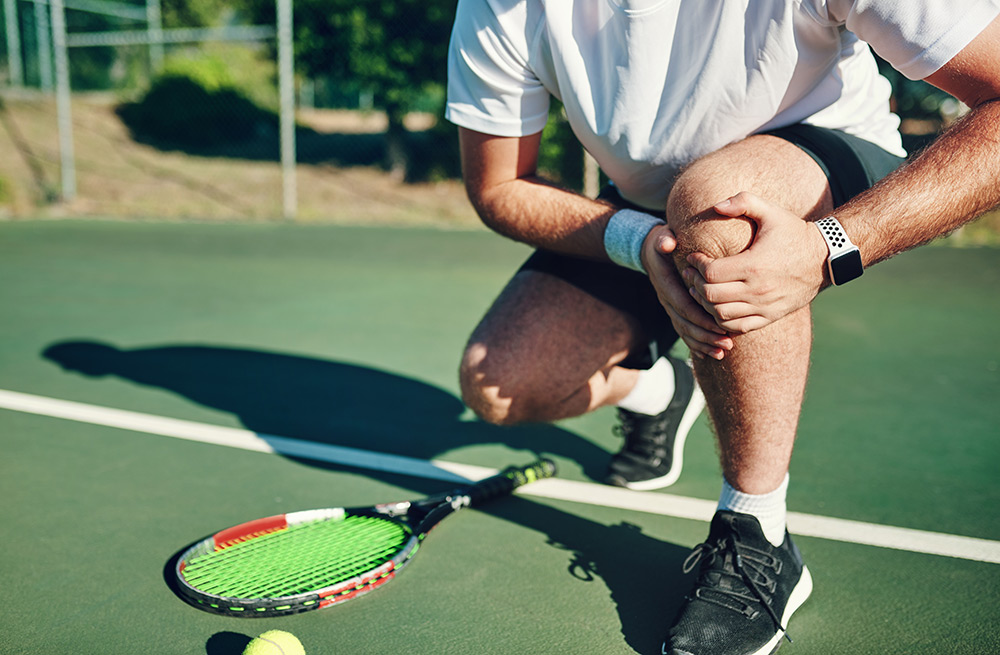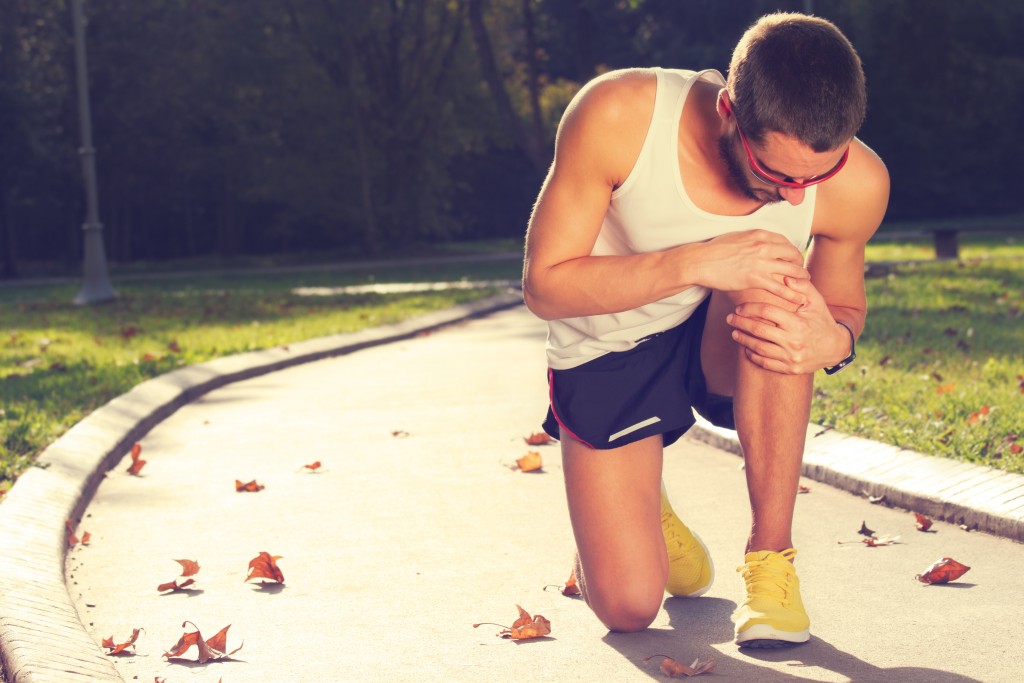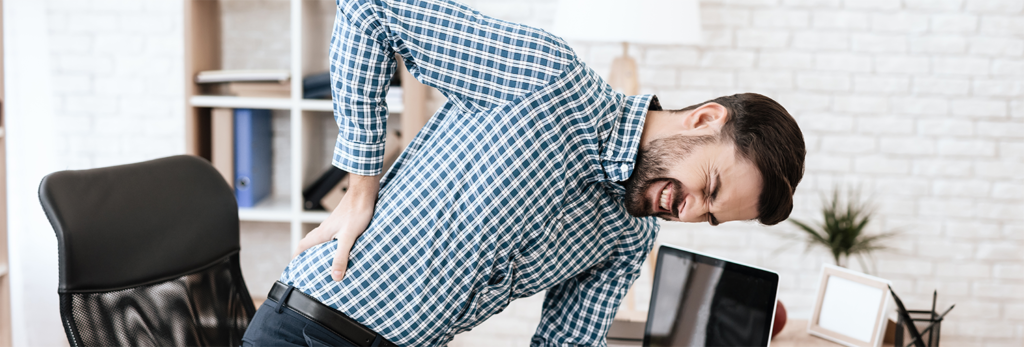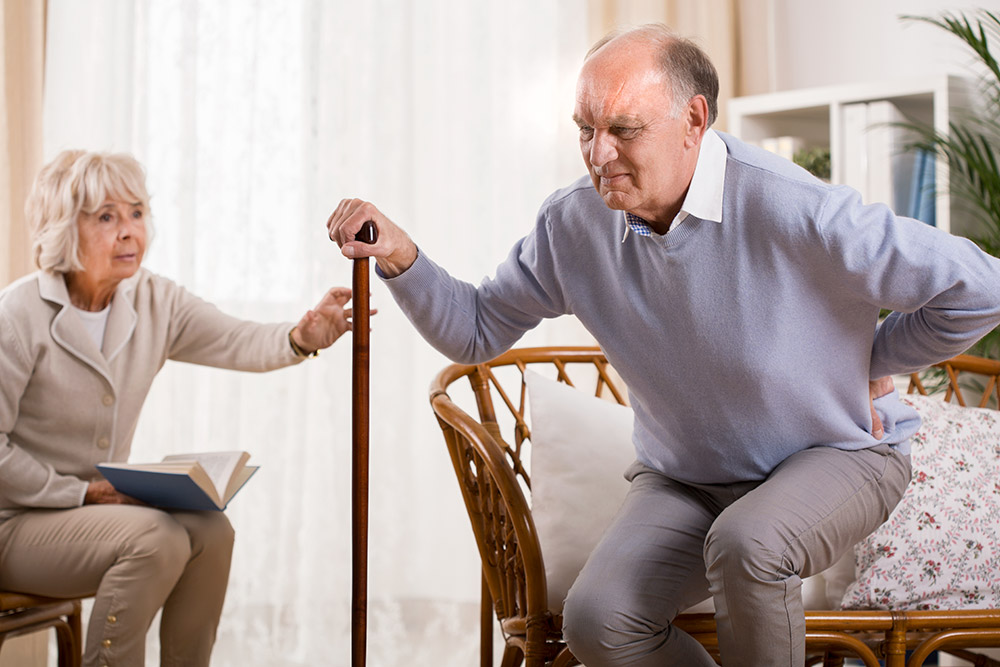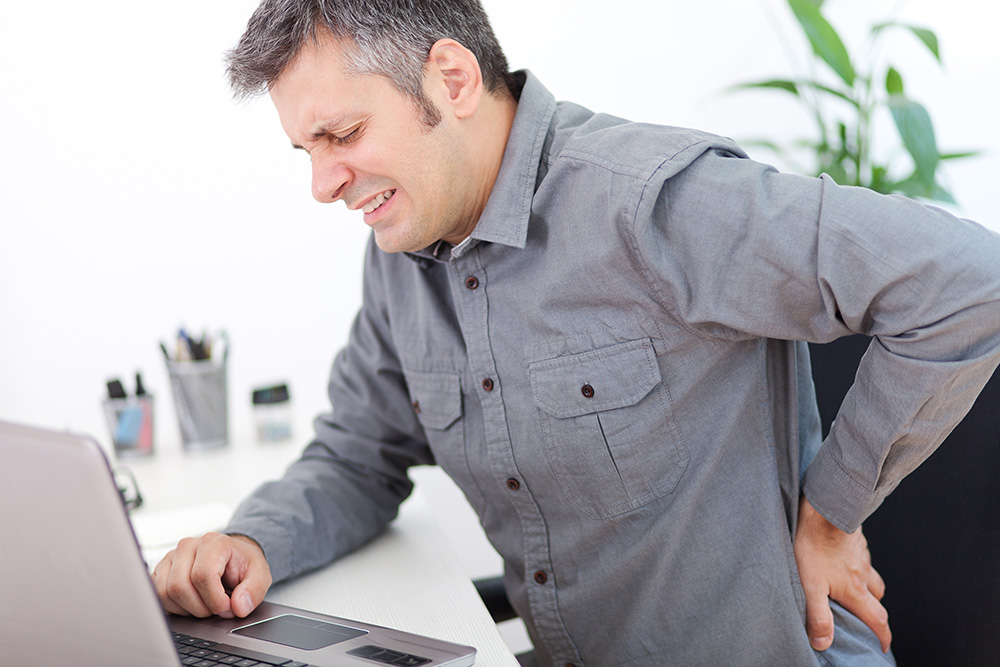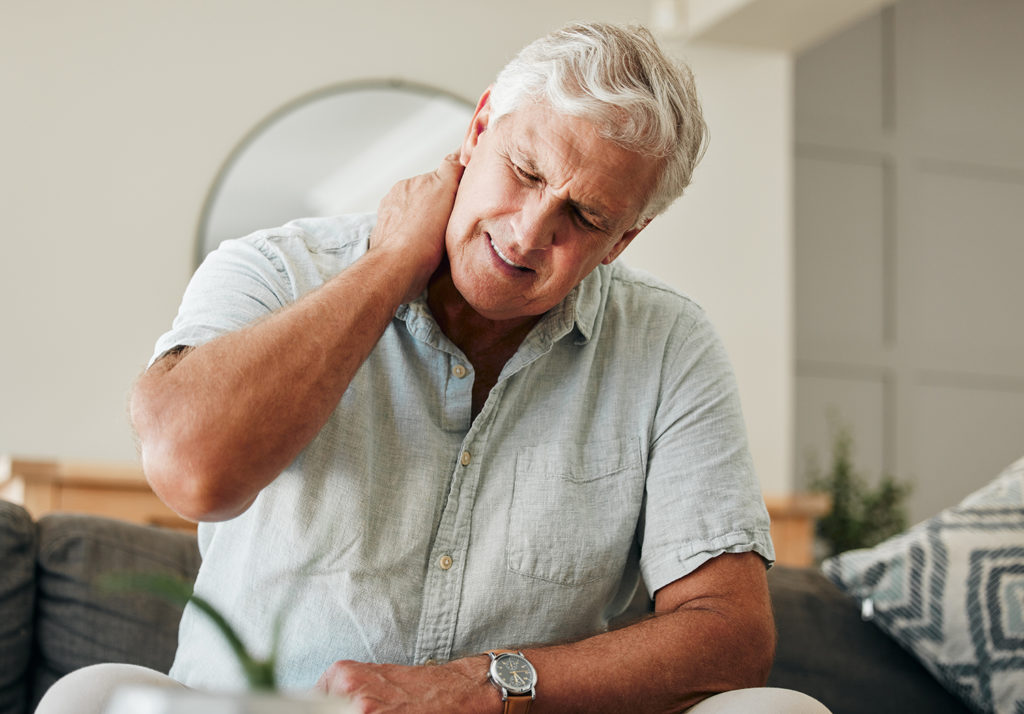Understanding the knee
The knee is one of the largest and most complex joints in the human body. When it is damaged in either a traumatic way, for example in sport or by general wear and tear over time, treatment may be needed to improve function. The knee joint has a lot to do. It must be strong enough to support our weight, flexible enough to bend so we can walk and also withstand twists and turns when we play sports.
Some of the more common conditions affecting the knee which we see in clinic are
Osteoarthritis of the knee
Essentially osteoarthritis is wear and tear of the knee. During this process the cartilage of the knee becomes thinner and rougher, the fluid within the knee can swell more, the capsule and ligaments surrounding the joint slowly thicken and contract. This can lead to generalised aching of the joint, all around it or in one place. The joint becomes stiff particularly in the morning and post rest.
Patella tracking
This occurs when the kneecap (patella) moves towards the outside of the knee. This tends to occur due to altered mechanics of the leg which mean the muscles on the outside of the knee are stronger than those on the inside of the knee. Issues such as dropped arches, knock knees, poor thigh muscle tone and leg length issues or pelvic torsions, can also aggravate this.
Bursa inflammation in the knee
These are little fluid filled sacs that act as cushions between muscles, tendons and bones. There are a lot of these around the knee. When they become irritated they inflame and swell up. Most commonly this occurs above or below the knee cap.
Knee meniscal damage
Commonly from sport, this tends to occur from a twisting movement. Ski-ing and football can be culprits of meniscal tears.
Knee ligament tears or strains
The cruciate ligaments are located within the knee joint and allow the knee stability. They tend to be damaged from a forceful movement, as may occur in sports like ski-ing. The collateral ligaments are on the outside of the knee, supporting like struts, the inside and outside of the knee joint. They can be damaged when the knee is buckled or twisted.
Referred pain to the knee
Pain in the knee can be coming from distant sites such as the nerves from the lower spine or from trigger points of muscles above or below the knee.
Osteopathy for knee pain
The role of the osteopath is to assess your knee joint and the impact upon it from the joints above and below. This will often mean assessing you from the feet upwards, so that the cause of your problem can be determined. Treatment, if appropriate, may consist of massage, articulation, stretching, manipulation and electrotherapy such as ultrasound. Exercises may also be given and further daily advice on managing your symptoms. Within the practice we may also cross refer you to the chiropodist for orthotics if needed or to the acupuncturist, if we feel this may be needed. I
If treatment is deemed unsuitable for your condition, we will ensure a plan of action is discussed before you leave the clinic.
Knee pain treatment in Worthing
At Broadwater Osteopaths in Worthing we offer a host of treatments which may help knee pain. This includes osteopathy and acupuncture, alongside massage, electrotherapy and rehabilitation. Why not find out more at worthingosteopathy.com

